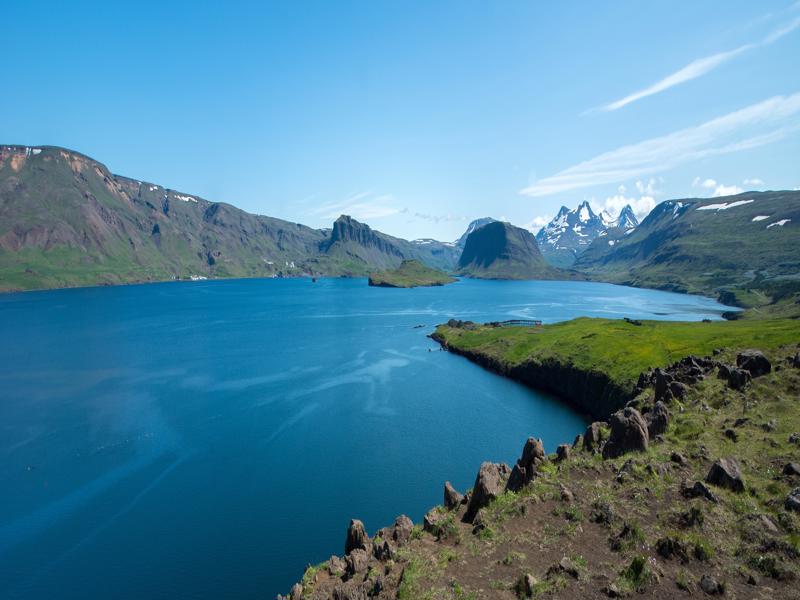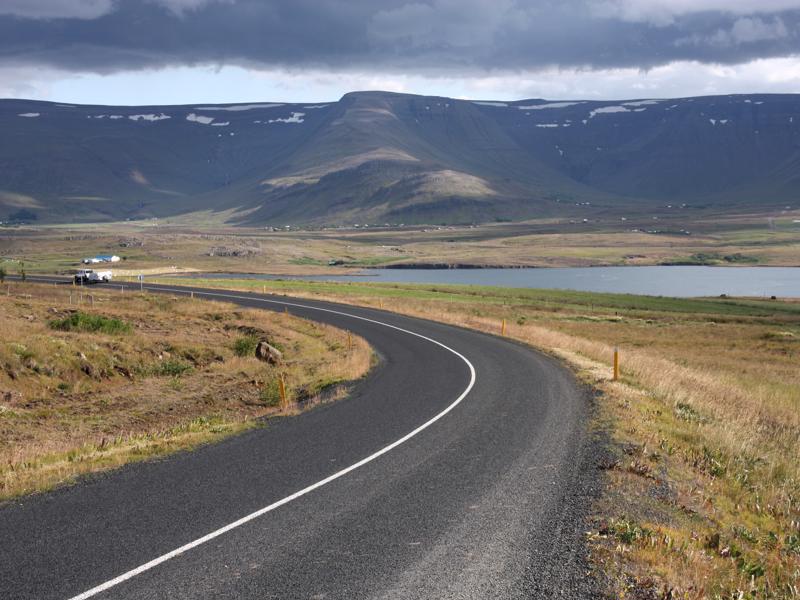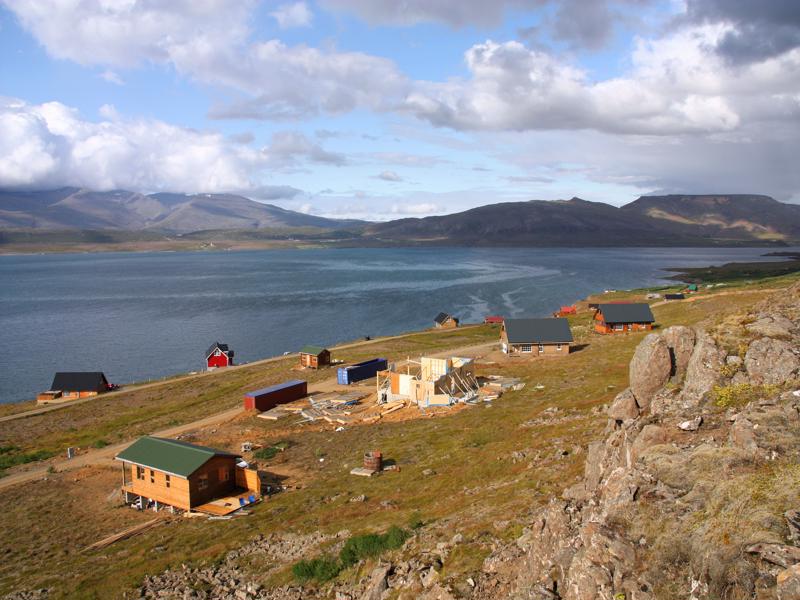Hvalfjordur (Hvalfjörður) ‘Whale Fjord’
Hvalfjordur (Hvalfjörður) ‘Whale Fjord’
Hvalfjordur’s name means ‘Whale Fjord’, probably from a large number of whales once found here. Sadly, today the head of this beautiful fjord is the location for Iceland's main whaling station.
Folklore tells of a monstrous, red-headed whale that once plagued the fjord, overturning boats and drowning fishermen. The local priest put a spell of the whale and lured it to a lake above Iceland's second highest waterfall Glymur.
The monster died of exhaustion on the shore of the lake, where by coincidence whale bones have been found and the lake has seen been known as Hvalvatn, whale lake.
From the head of the fjord, a detour leads to the car park for the 1-hour hike to Glymur. The first part of the hike is easy and follows a broad gravel path.
Once you reach the river, it gets more challenging with a log bridge to negotiate and a chain-assisted ascent. At 198m Glymur is officially Iceland's second highest waterfall - the highest is 227m high Morsarfoss near Skaftafell, which has appeared as a glacier retreats.
During World War II Hvalfjordur was an important base serving the North Atlantic convoys and its deep waters provided a safe haven for British and American naval vessels.
On the drive along the fjord, some installations from these times are still visible. At Hladir Community Hall you’ll find a small exhibition on the British occupation of Iceland.
On the fjord’s north shore you'll find Saurbaer church. Built in the 1950s, it is dedicated to religious poet and pastor, Hallgrimur Petursson, who lived here and after whom the capital’s landmark church is named. A cross in the church dates back to 1500.
At Bjarteyjarsandur farm, you can visit the farm animals and a farm shop, stocking local handicrafts and homemade treats.




